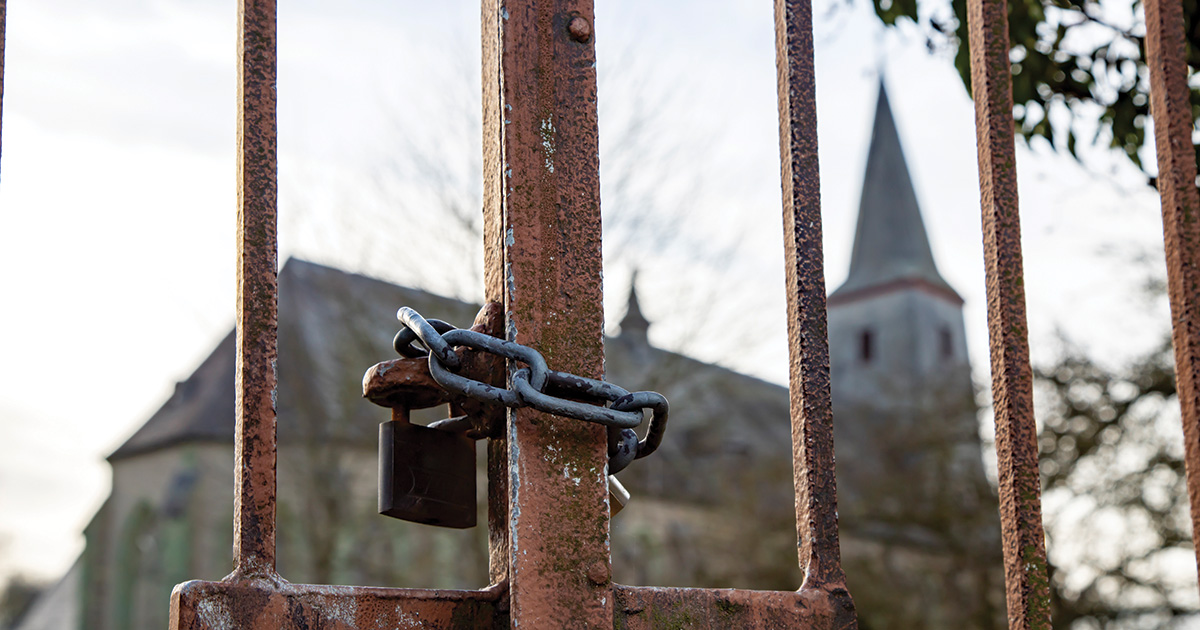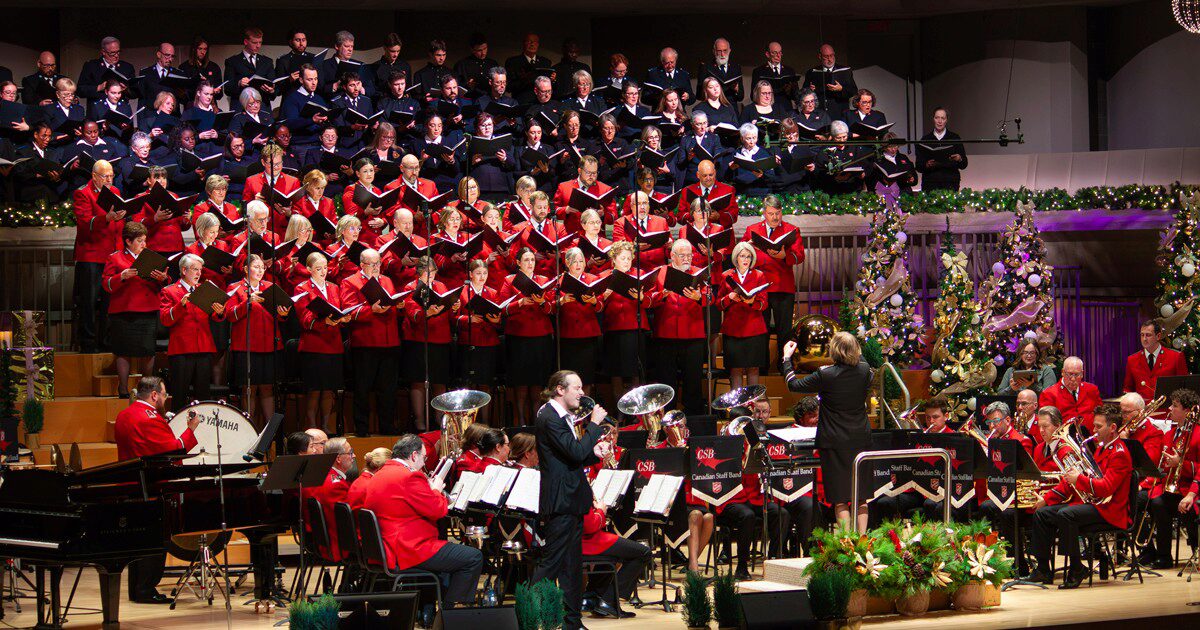I find something oddly appealing about exploring abandoned spaces—meandering through the silent hallways and classrooms of a shuttered school, walking across the peeling linoleum of a deserted kitchen or sitting on the rusted remains of an amusement park ride.
I’m not alone in my fascination with neglected buildings and forgotten properties. The Instagram account Abandoned Central, which features photos of deserted spaces, has 77,000 followers. The hum of activity in a theatre, now grown silent. The well-polished furniture of a railway car, now covered in dust and grime. The neatly organized tools of an industrial structure, now strewn haphazardly across warped floorboards.
However, as I look at photos of these abandoned spaces, one type of derelict building always captures my attention: buildings that once boasted the title “church.”
Dwindling congregations, financial burdens, loss of vision or mission and societal changes have all forced many congregations to consider their sustainability. The result is often congregational amalgamations, loss of paid staff or church closures in nearly every denomination, The Salvation Army included.
Understandably, the loss of a church building can evoke many emotions within people. For some, it has been the venue for many of their family’s milestone events, such as weddings, baby dedications and funerals. For others, it represents a place of spiritual development where significant discipleship takes place. For still others, the church building is a hub of social engagement where they form meaningful relationships. Therefore, when I see images of an abandoned church structure, it can be easy to lament and grieve the loss experienced by those directly affected.
However, is it possible that we should be applauding, rather than lamenting, the closure of some church buildings? I know that might sound preposterous, especially coming from a church leader. But consider the following.
I recently observed the reactions of people whose church building was closing. While I realized that this decision would make an impact on their weekly activities and worship routine and understood their sadness, I was also concerned by what I heard. “This is shameful.” “This is so unfair.” “This breaks the heart of God.”
Was the closure sad? Yes. But is it possible that these individuals had lost sight of something important?
While it’s true that their building closed, a new opportunity was open to them. After years of stagnancy and financial concern, they were being invited to amalgamate and join forces with a nearby church—a congregation actively engaged in mission and with a vibrant discipleship ministry, with many possibilities for community service, genuine connection and spiritual development.
Certainly, there is nothing shameful, unfair or heartbreaking to God about any of that. Instead of lamenting what was, I believe these individuals should be celebrating what could be.
As we move into the future, it may be necessary for Salvation Army corps to consider what is more important: a building or the mission itself? We are called to save souls, share hope and help our communities—not maintain a building.
What is going to be the best use of our precious financial, practical and people resources? Failing to live out our mission must break the heart of God more than the closure of a building. I love to explore abandoned spaces, and it is possible that my future adventures will include a former Salvation Army church. No doubt there I would feel a twinge of sadness if the items covered in dust and grime were forgotten brass instruments, mercy seats and discarded yellow, red and blue flags. But if that closure made room for innovative mission opportunities, for new relationships or for more people to experience Jesus, then I will applaud and not lament that abandoned space.
Major Sheldon Bungay is the corps officer at St. John’s Temple, N.L.
Photo: Thomas Stockhausen/iStock via Getty Images Plus
This story is from:










Leave a Comment